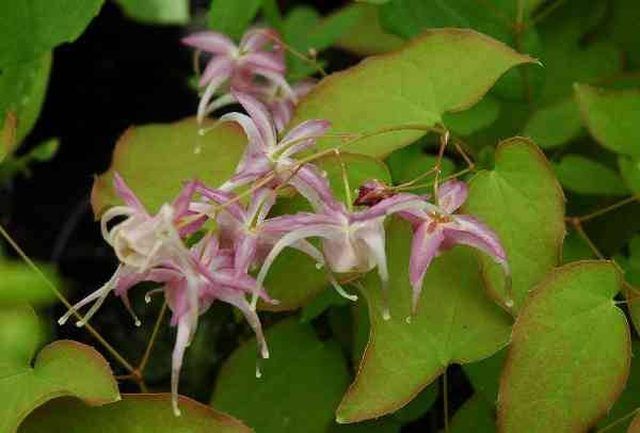Bulbs
Flower Basics
Flower Beds & Specialty Gardens
Flower Garden
Garden Furniture
Garden Gnomes
Garden Seeds
Garden Sheds
Garden Statues
Garden Tools & Supplies
Gardening Basics
Green & Organic
Groundcovers & Vines
Growing Annuals
Growing Basil
Growing Beans
Growing Berries
Growing Blueberries
Growing Cactus
Growing Corn
Growing Cotton
Growing Edibles
Growing Flowers
Growing Garlic
Growing Grapes
Growing Grass
Growing Herbs
Growing Jasmine
Growing Mint
Growing Mushrooms
Orchids
Growing Peanuts
Growing Perennials
Growing Plants
Growing Rosemary
Growing Roses
Growing Strawberries
Growing Sunflowers
Growing Thyme
Growing Tomatoes
Growing Tulips
Growing Vegetables
Herb Basics
Herb Garden
Indoor Growing
Landscaping Basics
Landscaping Patios
Landscaping Plants
Landscaping Shrubs
Landscaping Trees
Landscaping Walks & Pathways
Lawn Basics
Lawn Maintenance
Lawn Mowers
Lawn Ornaments
Lawn Planting
Lawn Tools
Outdoor Growing
Overall Landscape Planning
Pests, Weeds & Problems
Plant Basics
Rock Garden
Rose Garden
Shrubs
Soil
Specialty Gardens
Trees
Vegetable Garden
Yard Maintenance
How to Grow Epimedium
How to Grow Epimedium. As a native of China, the Epimedium plant is somewhat new to perennial gardens of the United States. It is a family of many variations, from low, creeping varieties to upright bushes with bright flowers to dainty little white flowers. Most of the leaves are heart shaped and vary in color from green to bronze and the flowers...

As a native of China, the Epimedium plant is somewhat new to perennial gardens of the United States. It is a family of many variations, from low, creeping varieties to upright bushes with bright flowers to dainty little white flowers. Most of the leaves are heart shaped and vary in color from green to bronze and the flowers hang as pendulums from upright stems. It is also known as Horny Goat Weed, Bishop's Hat and Barrenwort.
Prepare the soil in your perennial garden bed by digging down about 6 inches. Remove any rocks and work in a good shovelful of leaf compost or peat moss, more if you have sandy soil. If you are planting under a tree, build up the soil on the top of the roots if they are exposed.
Plant Epimedium in the early spring, but after the danger of frost, in a shady area of your perennial garden. It can tolerate partial shade, but will not grow in direct sun. When you order the plants from a nursery, they should be small but well rooted. Remove the plant from the pot and loosen the soil slightly before placing it in a hole in the prepared area.
Pack the soil lightly around the plant and apply a layer of composted leaf mulch. The Epimedium likes a rather acidic soil and thrives under a layer of mulch as would be found on a forest floor. Water the plant gently, but thoroughly, after planting. This is a hardy plant and, once established, it should need very little care.
Shelter the Epimedium plant from too much wind. It is a tender plant until it gets established. Keep weeds at bay and trim off dead leaves and flowers as necessary. It will grow into a clump over time and can be divided with a sharp spade into new plants.